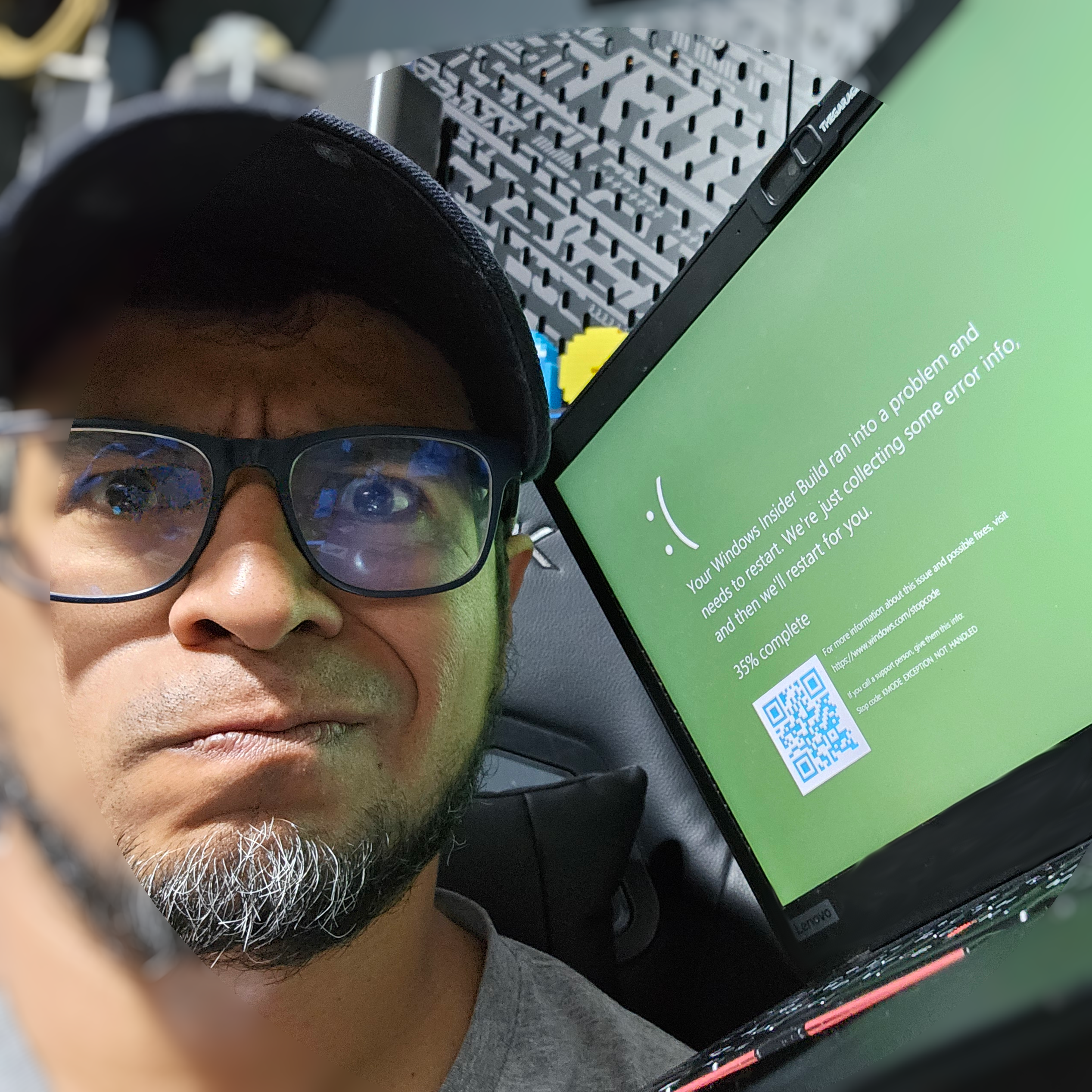The following post is a stream of consciousness about prototypes; it does not offer any practical advice (except that you should not get attached to a prototype or proof of concepts). If you are a pragmatic individual and do not have a beer at hand, I suggest you stop reading now.

A prototype embodies the visionary essence of a product or idea, a future concept, but, ironically, it does not have a future, or at least it is created without the intention of having one. Despite all of that, it is my favorite aspect of software engineering.
A prototype requires envisioning a working conceptual model to solve a problem, a tangible or conceptual representation that allows you to explore, experiment, and learn from the design and functionality of your creation without the risk of the finished product. Despite this, I spend a significant amount of time refining and nurturing my prototypes with love. They are works in progress, yes, but they are also like shooting stars that bring happiness to my engineering endeavors. These early glimpses of a digital creation light up the path to innovation. Just as shooting stars briefly blaze across the heavens, prototypes illuminate the realm of possibilities, offering a brief but dazzling insight into the potential of a software project.
Prototypes are transient, and their beauty resides in this transience. There is a point, a peak, if you may say, where they are just perfect; if you add more, it becomes a risk of turning them into permanent products. Getting there is what I enjoy the most: the journey of hands-on coding, experimentation, and exploring a realm of possibilities. They exist not for longevity but for exploration, inspiration, the exhilaration of pushing boundaries, and challenging the status quo. In their impermanence, they find their allure, daring us to dream, to question, and to embrace the beauty of the temporary. I won’t deny it, sometimes get rid of my code is difficult, deleting every piece of it and moving forward. I make no pretense that this code may never see practical use and may merely serve as a point of reference. Yes, sometimes prototypes become something more permanent, but my fascination lies in capturing our imagination, inviting us to dance with the ephemeral and find inspiration in the fleeting sparks of creativity.
